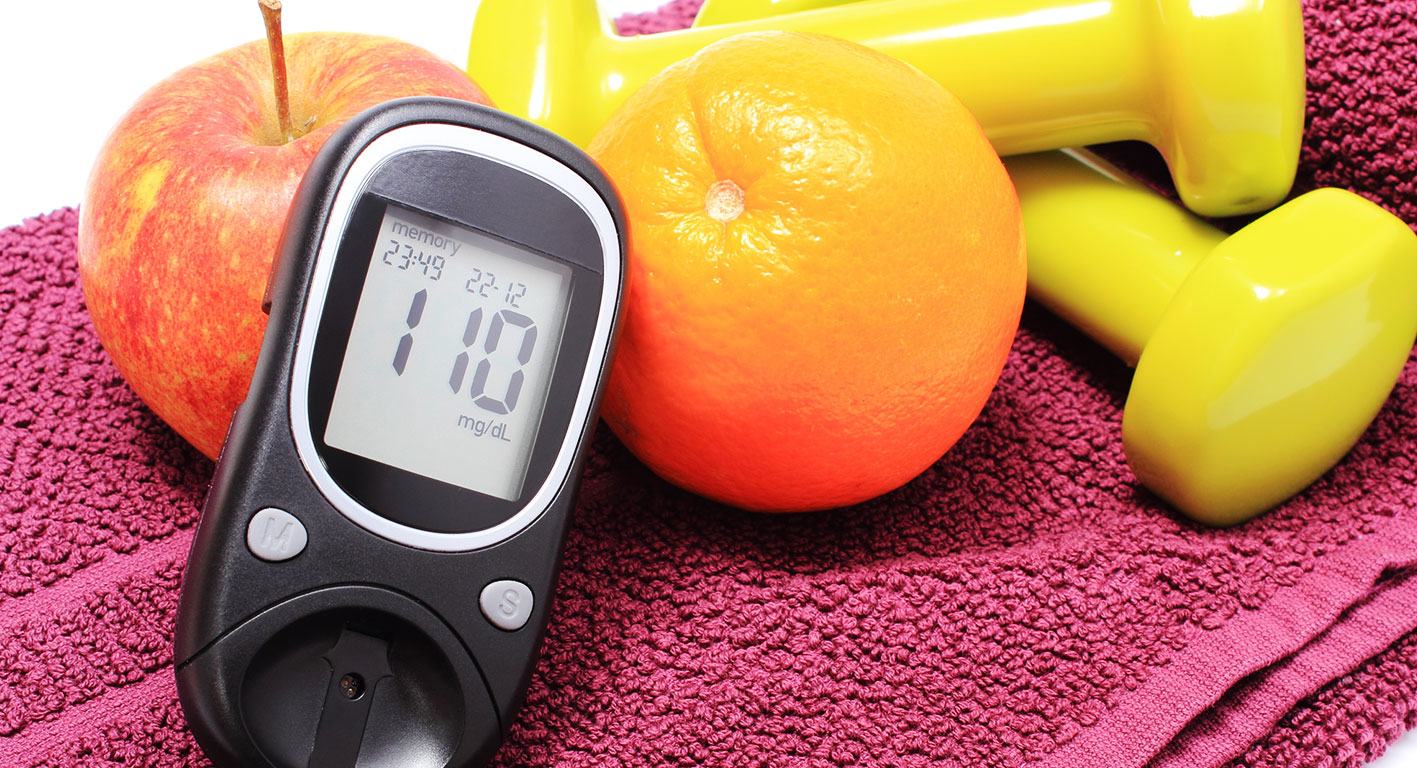Maintaining healthy blood sugar levels is crucial for overall health, especially for those with diabetes. Along with a balanced diet, regular exercise is an essential tool for managing blood sugar levels.
When we exercise, our muscles use glucose for energy. This helps to lower blood sugar levels and can help the body become more sensitive to insulin, the hormone responsible for regulating blood sugar. Exercise also improves blood flow and cardiovascular health, reducing the risk of complications from high blood sugar levels.
The American Diabetes Association recommends at least 150 minutes of moderate-intensity exercise per week, spread out over at least three days. Examples of moderate-intensity exercise include brisk walking, cycling, or swimming. For those who are able, incorporating strength training exercises can also be beneficial.

One study published in the Journal of Applied Physiology found that just one session of moderate-intensity exercise improved insulin sensitivity for up to 16 hours in people with type 2 diabetes. The study also found that regular exercise over time led to even greater improvements in insulin sensitivity.

The American Diabetes Association recommends at least 150 minutes of moderate-intensity exercise per week, spread out over at least three days. Examples of moderate-intensity exercise include brisk walking, cycling, or swimming. For those who are able, incorporating strength training exercises can also be beneficial.
One study published in the Journal of Applied Physiology found that just one session of moderate-intensity exercise improved insulin sensitivity for up to 16 hours in people with type 2 diabetes. The study also found that regular exercise over time led to even greater improvements in insulin sensitivity.
Another study published in the American Journal of Physiology found that exercise can improve blood sugar levels in people with type 1 diabetes as well. The study followed individuals with type 1 diabetes who participated in a 45-minute exercise session and found that it improved their blood sugar levels for up to 24 hours.
Regular exercise has many benefits for managing blood sugar levels.
Some of these benefits include:
- Lowering Blood Sugar Levels: Exercise can help to lower blood sugar levels by increasing the uptake of glucose into the muscles and reducing the amount of glucose in the bloodstream.
- Improving Insulin Sensitivity: Regular exercise can improve insulin sensitivity, which helps to regulate blood sugar levels.
- Reducing the Risk of Type 2 Diabetes: Regular exercise can reduce the risk of developing type 2 diabetes by improving insulin sensitivity, reducing body weight, and decreasing abdominal fat.
- Improving Cardiovascular Health: Exercise can improve cardiovascular health, which is important for people with diabetes who are at higher risk for heart disease.
- Reducing the Risk of Complications: Regular exercise can help to reduce the risk of complications associated with diabetes such as nerve damage, kidney disease, and eye disease.

There are many types of exercise that can be effective for managing blood sugar levels.
Some of these include:

Aerobic Exercise:
Aerobic exercise, also known as cardio, is any activity that increases your heart rate and breathing. This type of exercise involves using large muscle groups in a repetitive, rhythmic manner, such as brisk walking, cycling, or swimming, and can help to increase heart rate and breathing, and improve insulin sensitivity.
When you engage in cardio exercise, your muscles require energy to keep moving. This energy comes from the glucose in your bloodstream, which is broken down and used for fuel. As your muscles use up glucose during exercise, your body produces more insulin to help transport glucose from your bloodstream to your cells, where it can be used for energy.
Over time, regular cardio exercise can increase insulin sensitivity, which means that your cells become more efficient at using insulin to absorb glucose from the bloodstream. This can help to lower blood sugar levels and reduce the risk of developing type 2 diabetes.
Resistance Training:
Resistance training, also known as strength training, involves using weights or resistance bands to build muscle strength. Resistance training has been shown to improve insulin sensitivity and lower blood sugar levels.
When you engage in resistance training, your muscles require energy to perform the exercises. This energy comes from glucose in your bloodstream, which is broken down and used for fuel. Similar to cardio exercise, as your muscles use up glucose during resistance training, your body produces more insulin to help transport glucose from your bloodstream to your cells, where it can be used for energy.
Over time, regular resistance training can increase insulin sensitivity, which means that your cells become more efficient at using insulin to absorb glucose from the bloodstream. This can help to lower blood sugar levels and reduce the risk of developing type 2 diabetes.
Additionally, building muscle through resistance training can help to increase your resting metabolic rate, which means that your body burns more calories even when you are at rest. This can help to improve body composition and reduce body fat, which is important for managing blood sugar levels.

High-Intensity Interval Training (HIIT):
HIIT involves alternating periods of high-intensity exercise with periods of rest or low-intensity exercise. HIIT has been shown to improve insulin sensitivity and lower blood sugar levels.
During high-intensity exercise, such as sprinting or cycling at maximum effort, your body requires a large amount of energy. This energy comes from glucose in your bloodstream, which is broken down and used for fuel. Similar to cardio and resistance training, as your muscles use up glucose during HIIT, your body produces more insulin to help transport glucose from your bloodstream to your cells, where it can be used for energy.

Over time, regular HIIT can increase insulin sensitivity, which means that your cells become more efficient at using insulin to absorb glucose from the bloodstream. This can help to lower blood sugar levels and reduce the risk of developing type 2 diabetes.
Additionally, HIIT can improve cardiovascular health, which is important for people with high blood sugar levels who are at higher risk for heart disease. HIIT has been shown to improve blood pressure, cholesterol levels, and overall cardiovascular function.
Yoga:
Yoga is a form of exercise that involves holding poses and breathing exercises. By improving insulin sensitivity, yoga can help to regulate blood sugar levels and reduce the risk of developing type 2 diabetes. Moreover, yoga can help to reduce stress and anxiety levels, which are known to contribute to high blood sugar levels.
Stress and anxiety can trigger the release of hormones such as cortisol and adrenaline, which can cause blood sugar levels to spike. Certain yoga poses, such as forward folds and gentle twists, may also help to stimulate the digestive system and promote healthy digestion and metabolism. This can help to regulate blood sugar levels by improving the absorption and utilization of nutrients from food.

In conclusion, maintaining healthy blood sugar levels is crucial for overall health and wellness, and regular exercise is an effective tool for managing blood sugar levels. Exercise can help to lower blood sugar levels, improve insulin sensitivity, reduce the risk of type 2 diabetes and its associated complications, and improve cardiovascular health.










